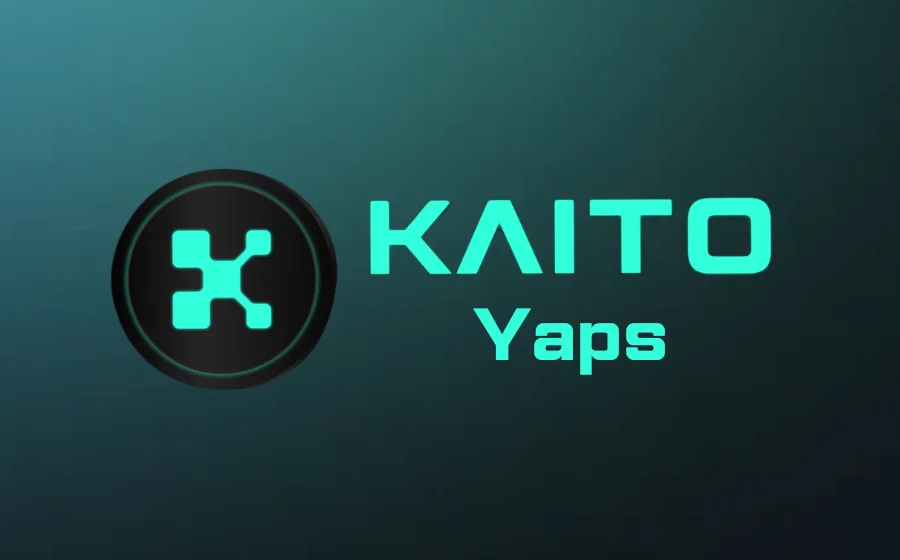
KEYTAKEAWAYS
- AMM automates trading by using liquidity pools, eliminating the need for traditional buyers and sellers.
- Liquidity providers earn fees and rewards through yield farming, enhancing liquidity and passive income.
- AMM carries risks like impermanent loss and slippage but remains crucial to DeFi’s growth and decentralization.

CONTENT
Learn what AMM (Automated Market Maker) is, how it works, and its role in DeFi. Explore liquidity pools, yield farming, and the pros and cons of AMM technology in decentralized exchanges.
Before diving into AMM, it’s essential to understand what a market maker (MM) is. A market maker is an entity responsible for providing liquidity to exchanges and influencing market prices.
In simple terms, they buy and sell assets using their own funds, profiting from the spread or fees in the process.
This activity boosts market liquidity, enabling smoother order execution for other traders and reducing slippage during large trades.
Before the widespread adoption of algorithmic trading, market makers played a crucial role in traditional markets.
With the rise of the crypto market, the need for liquidity and stable pricing became just as important.
However, the decentralized nature of crypto markets meant that centralized market-making mechanisms were less desirable.
This led to the creation of Automated Market Makers (AMM), which now serve as the backbone of decentralized exchanges (DEX).
WHAT IS AMM?
Automated Market Makers (AMM) are a core component of decentralized exchanges (DEX) and play a significant role in the decentralized finance (DeFi) ecosystem.
They enable permissionless and automated trading of digital assets by using algorithms to price assets within liquidity pools.
This facilitates unstoppable, automated, and decentralized trading.
Unlike traditional markets that rely on order books and direct interactions between buyers and sellers, AMM uses liquidity pools to conduct trades without the need for counterparties.
On conventional platforms, buyers and sellers quote different prices for assets. When a buyer agrees on the listed price, a trade is executed, setting the market price for that asset.
Markets like stocks, gold, and real estate operate under this traditional structure.
However, AMM revolutionizes asset trading by employing a different approach.
Unique to Ethereum and the DeFi ecosystem, AMMs are decentralized, always available for trading, and eliminate the need for direct buyer-seller interactions.
This innovative method reflects the core ideals of Ethereum, crypto, and blockchain technology — a system free from centralized control, where anyone can build, participate, and contribute to new financial solutions.
Several well-known AMM platforms dominate the market, including Uniswap, SushiSwap, PancakeSwap, and Balancer.
Each offers unique features and supports different assets. These platforms are recognized for enhancing liquidity, accessibility, and advancing decentralization.
>>> More to read: Why Do Bull Markets Cause Losses? Tips to Avoid Them
HOW DOES AMM WORK?
AMM is a DeFi technology that allows users to trade at any time, offering a seamless alternative to traditional trading systems.
One of its defining features is the rejection of the conventional buyer-seller model.
There are no gatekeepers, and in most cases, users don’t even need to create an account. AMM aims to provide liquidity for DeFi platforms.
Liquidity refers to the ability to convert one asset into another without significantly affecting its market price.
This has been a major challenge for DeFi exchanges, as they often handle complex new assets that can deter participants.
Here’s how AMM addresses these challenges:
1. Liquidity Pools

Before AMM came into play, decentralized exchanges (DEX) on Ethereum faced liquidity issues.
As a new and complex technology, DEX platforms initially had few buyers and sellers, making it difficult to find enough participants for regular trading.
AMM solves this by creating liquidity pools and incentivizing liquidity providers to contribute assets.
The larger the pool, the greater the liquidity, making trading on decentralized platforms more efficient.
On AMM platforms, users don’t trade directly with buyers or sellers but instead interact with liquidity pools. Essentially, liquidity pools are shared reserves of tokens.
Users supply tokens to these pools, and the prices of the tokens are determined by mathematical formulas.
By adjusting these formulas, liquidity pools can be optimized for various purposes.
Anyone with internet access and ERC-20 tokens can become a liquidity provider by contributing tokens to an AMM pool.
Liquidity providers typically earn fees from traders who interact with the pool.
More recently, liquidity providers can also earn project tokens through a process known as “yield farming.”
>>> More to read: What Are Liquidity Pools?
2. Yield Farming

Some AMM platforms incentivize liquidity providers by offering token rewards.
This process, known as “yield farming,” allows liquidity providers to earn additional tokens by contributing to liquidity pools.
To participate in yield farming, users simply need to deposit the appropriate assets into a liquidity pool.
Once the contribution is confirmed, the AMM automatically generates reward tokens, which liquidity providers can claim periodically.
The longer a liquidity provider contributes to the pool, the more reward tokens they accumulate.
>>> More to read: What is Yield Farming?
AMM PROS AND CONS
➤ Advantages of AMM
(1) Arbitrage Opportunities
Token prices in AMM follow formulas like x*y = k, leading to price differences between DEX and market rates.
This creates arbitrage opportunities, encouraging traders to balance token prices and maintain liquidity.
(2) Yield Farming
Liquidity providers (LPs) earn LP tokens when adding assets to liquidity pools. These tokens can be staked to earn passive income or burned to reclaim assets. Some DEX platforms may charge a small fee for early withdrawals.
➤ Risks of AMM
(1) Impermanent Loss
Impermanent loss happens when pooled asset prices shift from their initial deposit ratio. The larger the price swing, the greater the loss.
If funds are withdrawn before the price normalizes, the loss becomes permanent. However, trading fees and staking rewards can offset this.
(2) Slippage
Slippage occurs when DEX prices change between order placement and execution. AMM platforms offer slippage limit tools to help traders minimize unexpected price differences.
>>> More to read: Choosing the Right Cryptocurrency Exchange: CEX vs DEX
THE FUTURE OF AMM
AMM has become a cornerstone of the DeFi ecosystem, continuously evolving to include automated tools for liquidity providers.
Beyond enhancing token liquidity, AMM plays a crucial role in fostering a safer and more mainstream market.
By leveraging smart contracts, AMM streamlines transactions effectively and has demonstrated significant success.
Looking ahead, AMM is poised to attract more investors. However, achieving this requires ongoing innovation to ensure robust security and sustainable growth.
As DeFi expands rapidly, AMM will remain central to its progress, driving technological advancements and facilitating easier trading and asset yield generation.


















